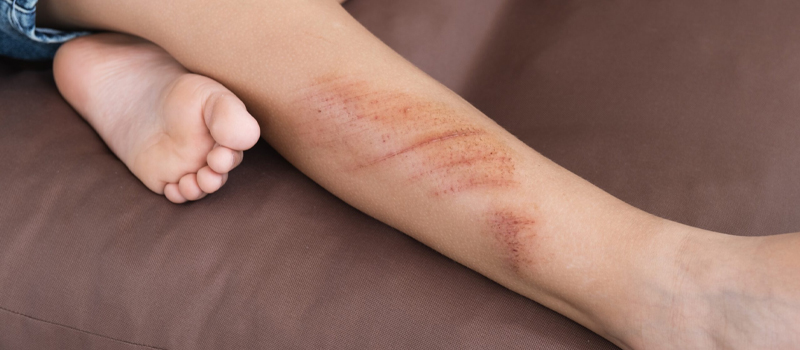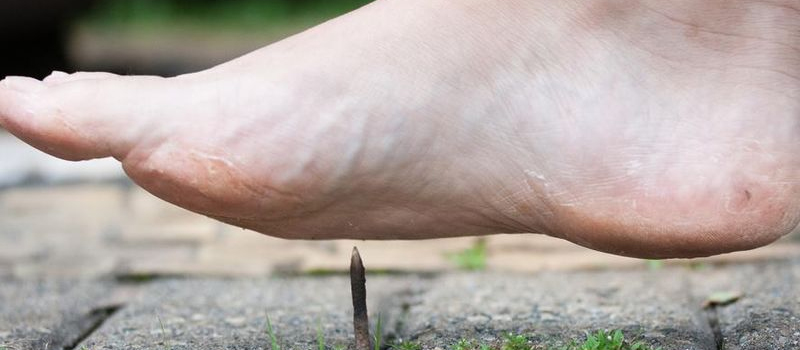How Proper Diagnosis and Targeted Care Support Faster Healing and Better Outcomes
Wounds are more than surface injuries—they often reflect deeper health concerns and require proper classification to ensure appropriate care. In clinical practice, wounds are categorized based on their cause, severity, and healing timeline. Recognizing these types early on helps patients and healthcare providers develop the right therapeutic strategies for faster, safer recovery.
At Washington Vascular Specialists, we emphasize a proactive approach to wound care, especially for patients with underlying vascular or metabolic conditions. Here’s a breakdown of the most common types of wounds and how they are typically treated.
- Cuts, Scrapes, and Lacerations
These are superficial wounds that generally only affect the top layers of the skin. They often occur due to sharp objects or abrasions and may involve mild bleeding, clotting, and tissue repair. Healing speed depends on the depth, cleanliness, and blood circulation in the affected area.

Cuts with smooth, straight edges tend to heal faster than jagged or torn wounds, which may result in more extensive tissue damage and scarring. Professional wound care, including proper cleaning and dressing, reduces infection risk and promotes optimal healing.
- Puncture Wounds
Puncture wounds are deep injuries caused by narrow, pointed objects like nails or needles. They often bleed very little, but carry a high risk of infection because contaminants are pushed deep into the tissue. Tetanus, caused by Clostridium tetani, is a serious concern for these types of wounds.
Medical attention is essential. Treatment may include:
- Tetanus shots
- Debridement or surgical cleaning
- Prophylactic antibiotics to prevent infection
Early intervention helps avoid complications and speeds up healing.

- Burn Wounds
Burns can be caused by heat, chemical exposure, radiation, or electrical shock, and are classified by degree:
- First-degree burns affect only the outer layer (epidermis)
- Second-degree burns reach the dermis and may blister
- Third-degree burns destroy the full skin thickness and underlying tissue
- Fourth-degree burns extend to muscles, fat, or even bone
Burn wounds can disrupt fluid balance and may lead to shock. They often require emergency treatment, including fluid resuscitation, pain control, and infection prevention. Depending on the severity, healing may take weeks to years, and specialized wound care is essential throughout.
- Chronic Wounds
Chronic wounds are wounds that fail to progress through the normal stages of healing and remain in an inflammatory state for extended periods. These wounds are often associated with vascular diseases or metabolic disorders and include:
- Venous leg ulcers
- Arterial ulcers
- Diabetic foot ulcers
- Pressure ulcers (bedsores)
Chronic wounds are a sign of deeper health issues such as poor circulation, neuropathy, or venous insufficiency. Treatment goes beyond surface care and often includes:
- Advanced wound dressings
- Compression therapy
- Minimally invasive vascular interventions
- Glycemic control and lifestyle modification
Why Early Diagnosis Matters
Every wound tells a story. Understanding the type and underlying cause is crucial to preventing serious complications like infections, limb loss, or systemic illness. At Washington Vascular Specialists, we use the latest diagnostic tools and treatment methods to identify, manage, and prevent wound-related complications.

Our team creates personalized care plans to restore blood flow, support tissue regeneration, and reduce the likelihood of recurrence. Whether you’re dealing with a minor injury or a persistent ulcer, our experts are here to help.
Take the First Step Toward Healing
If you’re dealing with a wound that isn’t healing properly—or if you have underlying vascular concerns—don’t wait. Call Washington Vascular Specialists today at 301-891-2500 or book your appointment online to receive expert care from a compassionate team dedicated to your long-term recovery.



